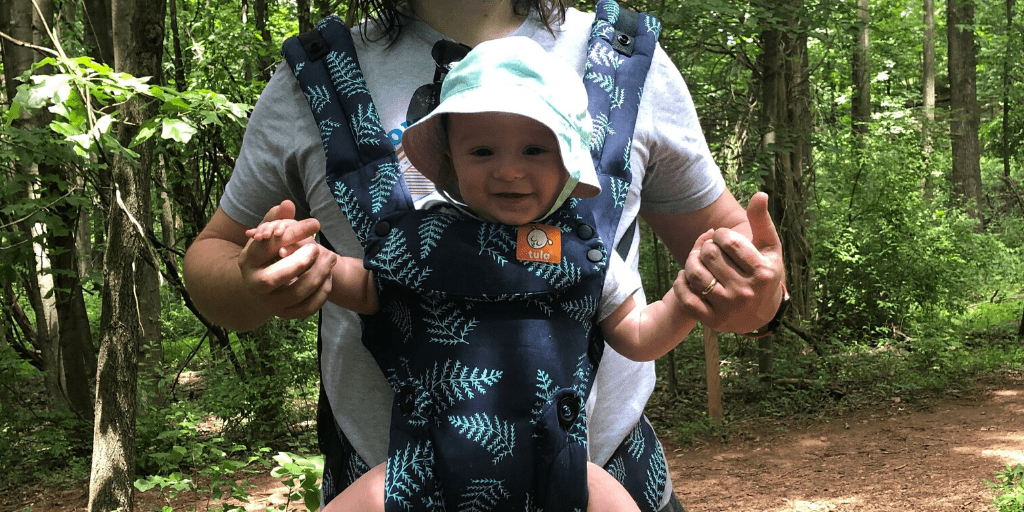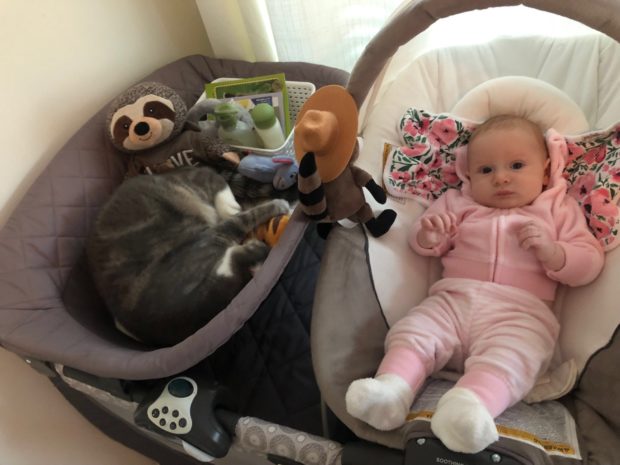We have much more to do and your continued support is needed now more than ever.
The Earth of a Child

When my wife was pregnant, friends and family were quick to point out how much my world was going to change. They were right. Habits, sleep, and the simple routines I once took for granted were indeed thrown into general chaos. However, my perception and comprehension of the world around me didn’t change—it became more lucid.
Just as my children are learning to view their natural surroundings through their own lenses, I too am learning to observe nature and wildlife through a more empathetic, engaging, and compassionate filter. The birds and common wildlife that once lived in the background of my day now create awe and joy when one of the kids is involved. My wonder has been rekindled as I see through the eyes of the future generation experiencing nature for the first time.
Yet, as many parents do, I can’t help but worry about the world into which I’ve helped bring new life. We have already done so much harm to our natural habitats. Will the majesty of nature still be accessible to my children when they are older? Will they be safe in a world already suffering from the unmerciful effects of climate change?
To stay sane in the face of such looming problems, I forced myself to start on some personal eco-projects that I had been putting off. For example, while many plants have given their lives for my lack of green thumbs in the past, I’ve since learned which plants are native to my area through the Garden for Wildlife program. With a little fortitude and much new-found knowledge, I’m transforming my once barren backyard into a pleasing outdoor space that supports wildlife.
I’ve also learned what the future can look like. Healthy outdoor learning environments created by ECHO, an innovative NWF program geared toward creating naturalistic playgrounds, aim to replace the cold metal and uninspired structures of my childhood with safe spaces where children can imaginatively connect with the outdoors.

Before she was old enough to play outdoors, I propped a stuffed Ranger Rick on the side of my daughter’s bassinet to entertain her. Now that she’s outgrown her bassinet, I read to her from the Ranger Rick magazine series. As we read fun baby animal facts and take our time looking at wildlife photos, I see her building a love for learning and the outdoors. These stories, imagery, and activities have inspired generations, and I hope it does so for many more to come.
Resources and materials to support wildlife and our ecosystem are all around us. Today, it’s possible to make an immediate difference with little wins that add up so that our children have the opportunity to do even more tomorrow. Nature evolves, but much of the change to our beautiful planet has been callous and selfishly man-made. To truly coexist with nature and preserve it for generations to come, we must treat our planet as if it is one of our own children.
Parent Resources
- Find virtual classroom resources for at-home learning including Ranger Rick Family Guides, learning activities, & wildlife and pollinator craft activities
- Watch a fascinating YouTube Live video lesson with teacher and Antarctic researcher Sarah Slack to find out what she wants folks to know about Antarctica’s melting Thwaites Glacier.
- Explore the June Ranger Rick Family Guide, adapted with activities for at-home learning
- Take part in a local nature program offered by one of the National Wildlife Federation’s 52 affiliate organizations





















